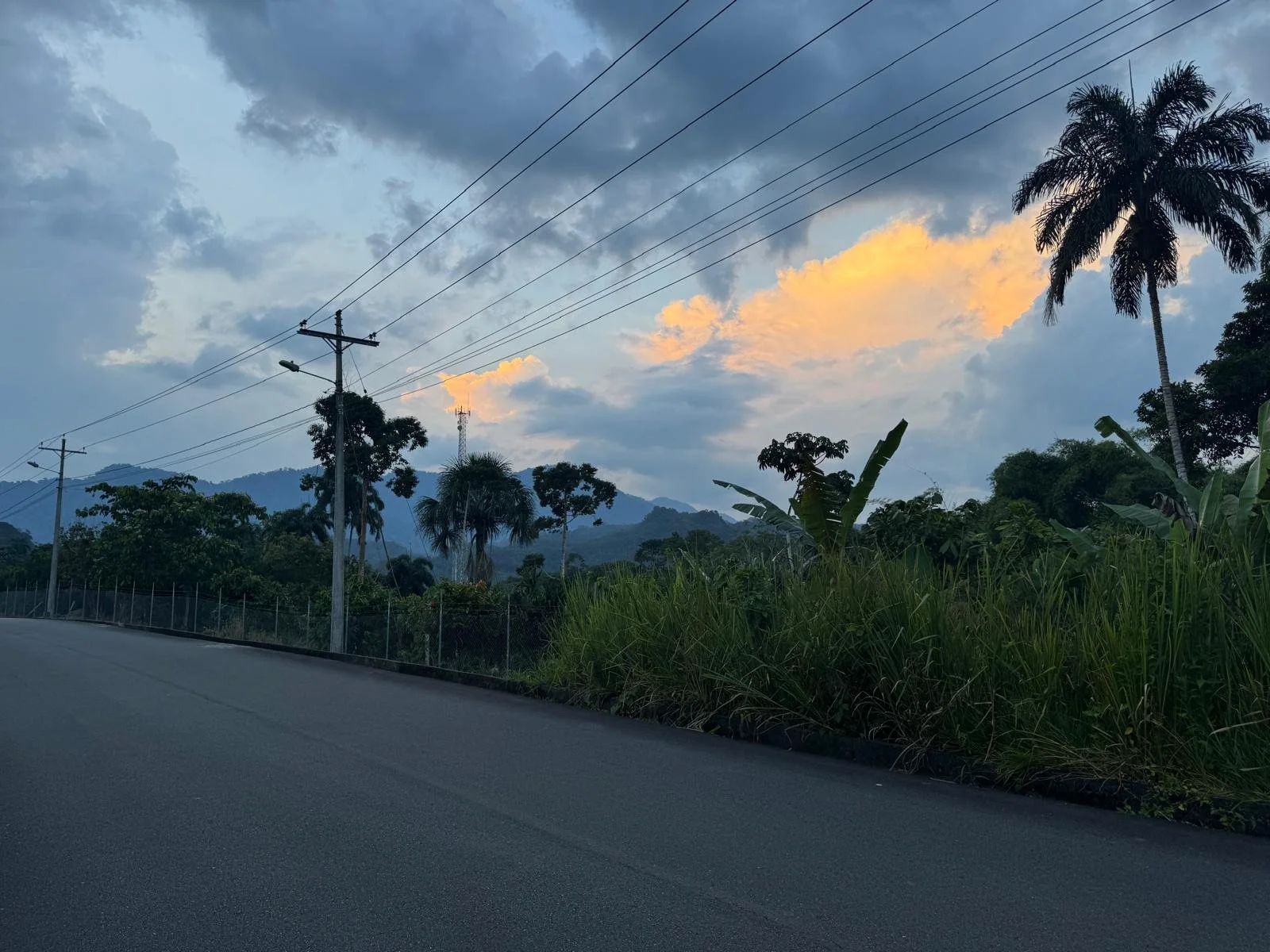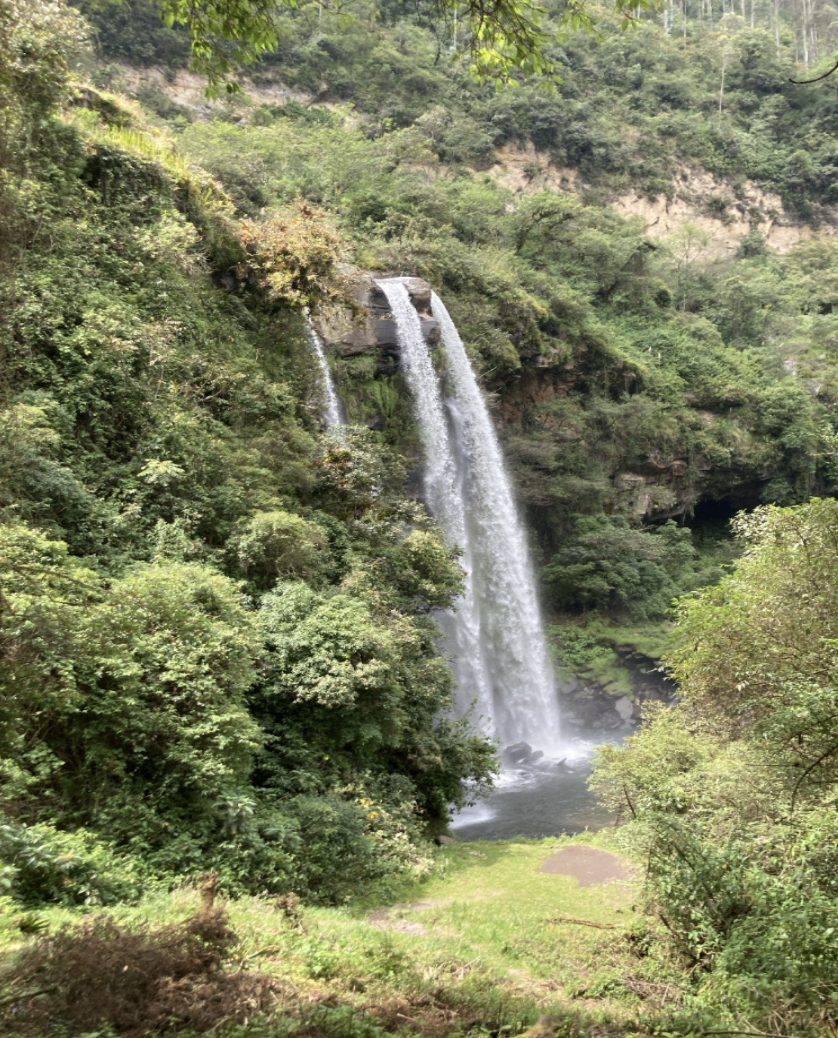By: Ye Oo
Ecuador: The Name and What it Means
If you haven’t already guessed it, Ecuador is Spanish for Equator because of its equatorial region on the globe. As a tourist in Ecuador, one place you must visit is Mitadad Del Mundo or, Middle of the World, in English translation. The location of Mitad Del Mundo is located in San Antonio parish, Quito, Ecuador. On the site, there is a large monument that is said to be located in the middle of the world, where the North and South hemispheres meet. There is more to this place than one can imagine. Besides being a tourist destination, Mitad Del Mundo shares a lot of history and cultural heritage of Ecuador including history of indigenous tribes and the four continental regions of the country.
A Little History
The location of the equator was established by the French Geodesic Mission in 1736, whose main mission was to determine the true shape of the Earth. The founders consisted of astronomers and physicists Carlos Maria de La Condamine, Luis Godin, Pedro Bouguer; botanist Jose Jussieu; the physician and surgeon Juan Seniergues and several engineers, draughtsmen, assistants etc. The first monument was built in 1936, led by Ecuadorian geographer Luis Tufino and the French American Committee. The first opening of Ciudad Mitad del Mundo was in 1992 under the administration of the Perfect of Pinchincha Marco Landazuri Romo, where it was a tourist symbol of Ecuador and reflects the dreams, hopes, and the progress of a province.
Other Attractions
Aside from the main attraction, the Equatorial Monument, there are also museums that highlight the cultural heritage of Ecuador. The ancestral housing site consists of ancestral houses that contained objects which were used as a part of life, customs, and traditions of the indigenous communities. The houses were different from one another depending on the region of Ecuador: the house of the Shuar/ Amazon, house of Sierra, and house of the Coast. Houses in the Coastal region were built from bamboo cane and palm. Because these houses were located near the river, they needed to be on four wooden piles. The houses of the Sierra region were made from interwoven sticks or reeds and black mud. These houses were circular in shape due to the superstition that evil spirits cannot lurk in the corners of the houses. Houses in the Amazon region were made from wood of chonta and pillars of cane guadua. The roof was made with palm leaves.
Because Ecuador is known for its cacao plants, there is a museum called Cacao Square that displays the process of harvesting cacao to exporting the cocoa. The plaza shows the types of cacao that can be found in different parts of the country and where they are exported. There is also a balancing egg on a nail which shows how gravity affects the balance of an object such as the egg, which is only possible in certain parts of the world, it seems. If you are like me and have never seen an alpaca up close, well now you can because there are a few alpacas that get close enough for you to pet. In the central square, there are events that take place with live music and dancing. You can’t miss it.














